Back to blog
Is IPFS a blockchain?
When discussing the intersection of IPFS (InterPlanetary File System) and blockchain technologies like Ethereum, a question often arises: is IPFS a blockchain? Simply put, IPFS is not a blockchain, but rather a file system. However, IPFS works well alongside blockchains to address some of the technology’s inherent limitations. Let's dive into the details.
The Achilles Heel of Blockchain Technology
Blockchain technology, despite its many advantages, falls short when it comes to storing extensive amounts of data “on-chain”. On Ethereum, for instance, the cost of storing data on-chain can reach into the thousands of dollars per megabyte (MB). This makes it highly impractical for large files. A simple video could cost millions of dollars to store on-chain.
But why is blockchain so inefficient at data storage? The answer lies in replication. When a piece of data is added to the blockchain, it fills up part of a block, which is then replicated by thousands of computers worldwide. This process, while great for consensus in use cases like transacting money, is unnecessary and expensive for most other use cases. The high storage costs make it impractical to store large data volumes, creating a need for a complementary technology - and this is where IPFS comes in.
How IPFS Excels
IPFS offers a solution to the data storage challenges of the blockchain world. It allows users to store and retrieve large amounts of data with a guarantee of data integrity, which is a boon for Web3 applications that require it.
When you upload data to IPFS, you receive a unique cryptographic hash representing that data. This is known as the Content Identifier or CID. If you upload the same data again, you get the same hash, ensuring consistency and proof of content. If the data changes in any way, the hash will change. To retrieve the data, you provide the unique hash back to the IPFS network, which then returns the original data and only the original data, guaranteeing its integrity. This process has been used extensively by the NFT community among other use cases.
Unlike many blockchains, where data persists forever once added, data persistence on the IPFS network is left to the user. This means that data needs to be actively hosted by an IPFS network participant in order to be retrievable by users.
This design choice is intentional. Because IPFS doesn't require all data on the network to be replicated by all participants in the network, it's able to scale to handle any amount of data.
However, this design choice means that users wishing to utilize IPFS need a stable place to store and serve that data.
The Synergy of IPFS and Blockchain
The real magic happens when we combine IPFS and blockchain. While blockchain is excellent at timestamping data, it struggles with large amounts of data. IPFS, on the other hand, efficiently stores large amounts of data but doesn't offer timestamping. Together, they cover each other's weaknesses.
The CID(hash) returned by IPFS is significantly smaller than the original data size, making it far more economical to store on the blockchain. By uploading data to IPFS and storing the corresponding hash on a blockchain, we can timestamp large data volumes efficiently and cost-effectively.
Consider this scenario: a company signs a hefty legal agreement and stores the signed PDF on IPFS while recording the hash on the blockchain. If a dispute arises questioning the document's authenticity or signing time, the blockchain-stored hash can definitively verify the document's timestamp and IPFS can confirm the document's integrity.
Conclusion
While IPFS is not a blockchain, it plays a significant role in the blockchain ecosystem by providing a cost-effective, tamper-proof solution for data storage and retrieval. When paired with blockchain technologies like Ethereum, IPFS expands the possibilities of data storage and timestamping, regardless of data size. Therefore, while blockchain and IPFS have their individual strengths and weaknesses, their combined power elevates the capabilities of Web3, promising a more efficient and secure web.

